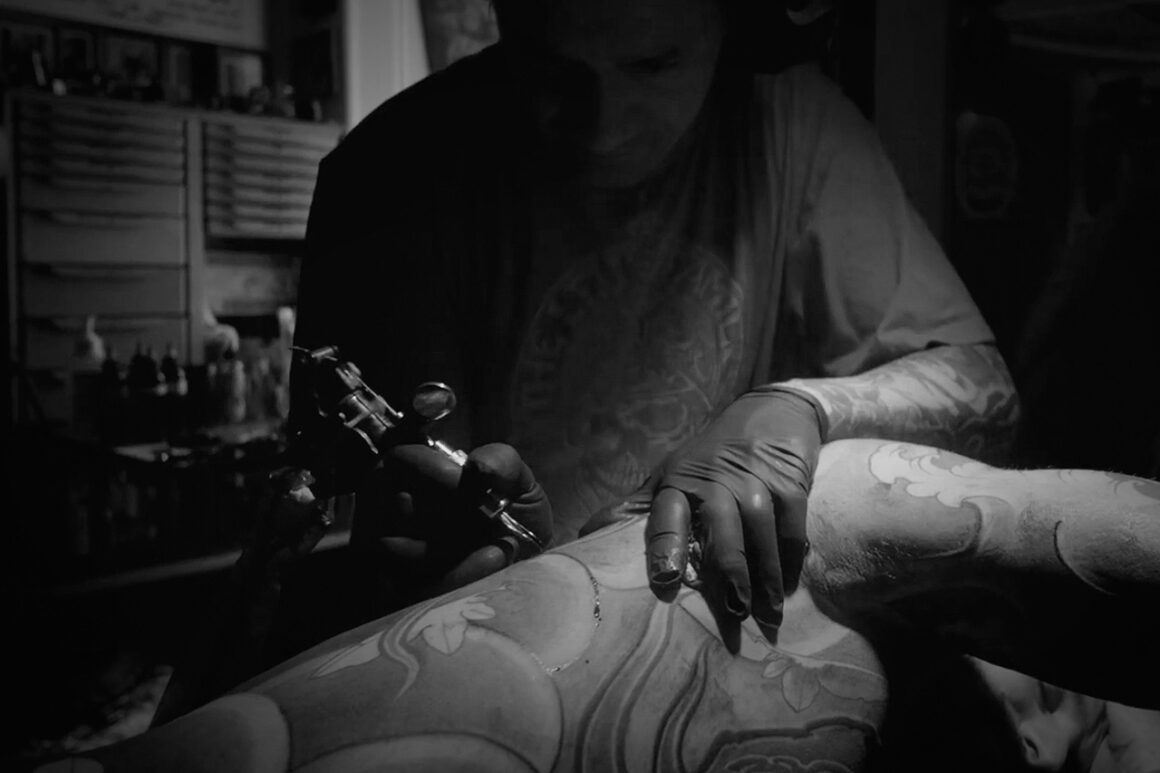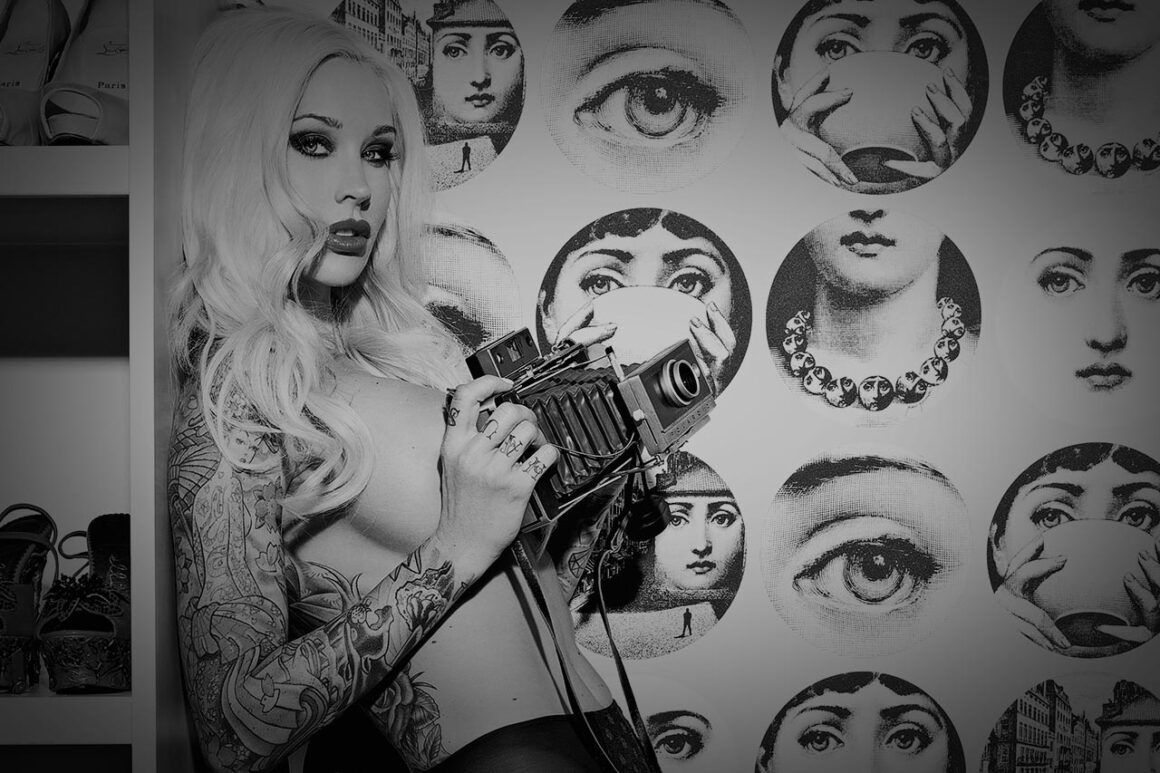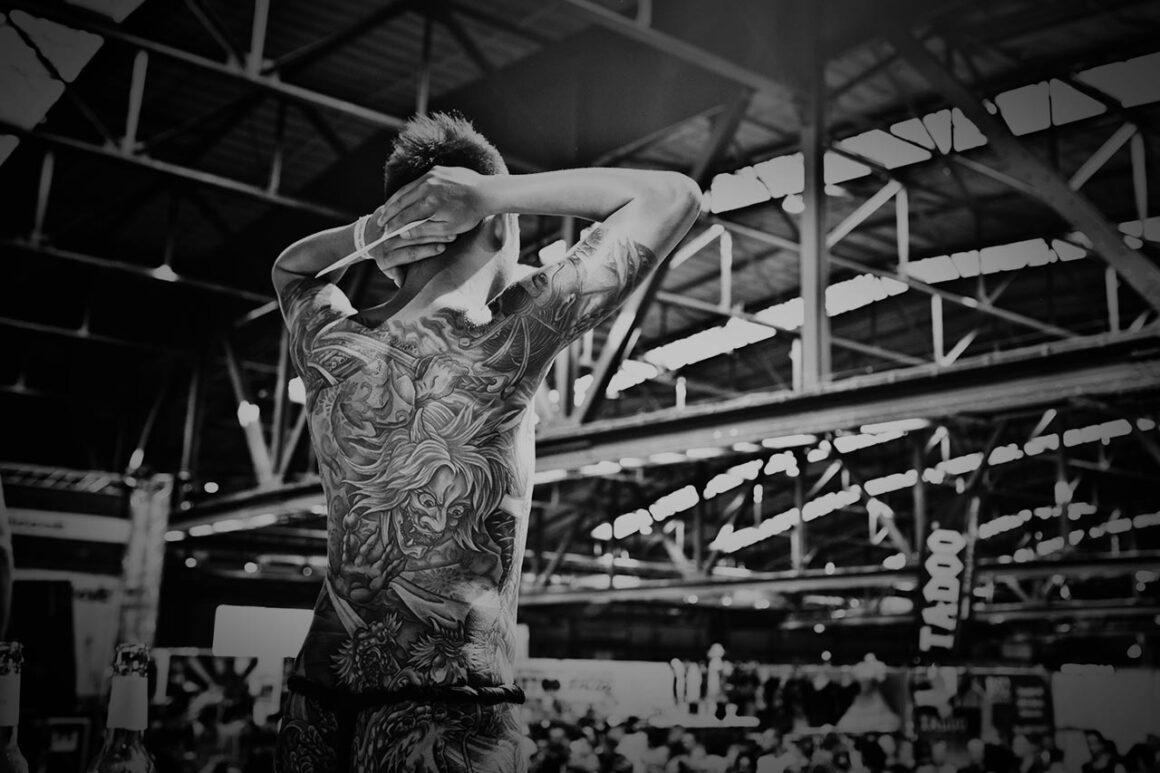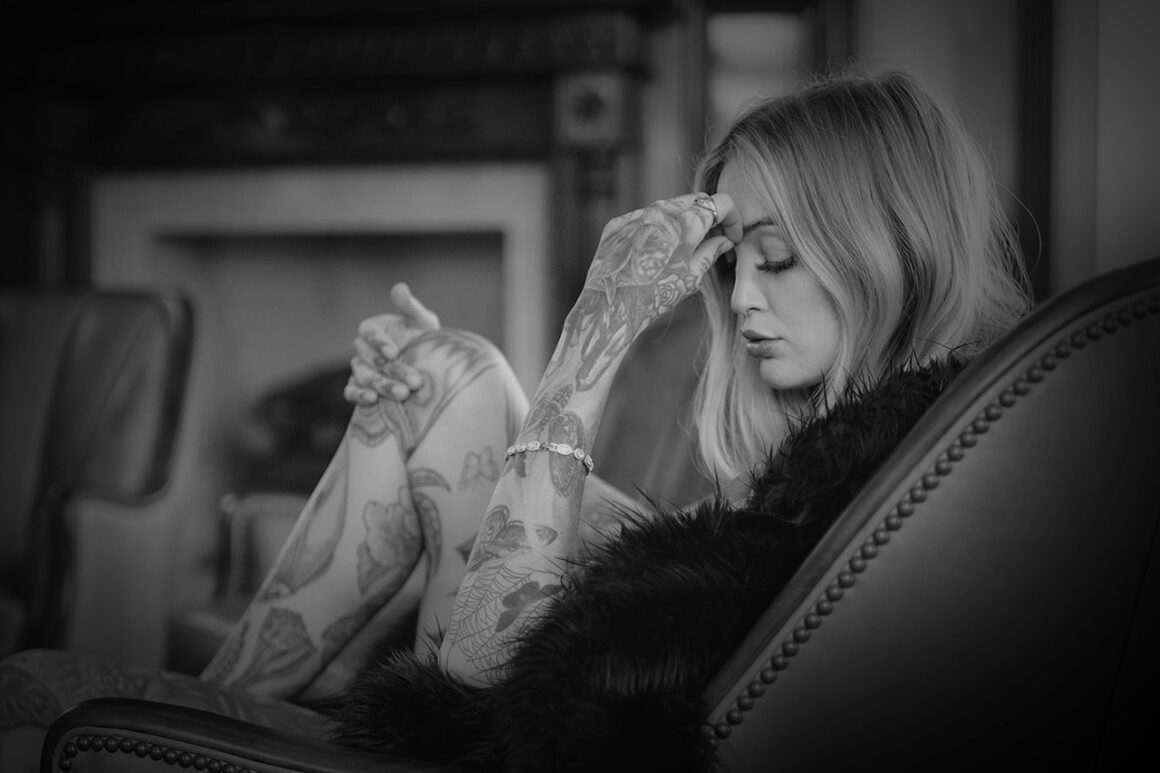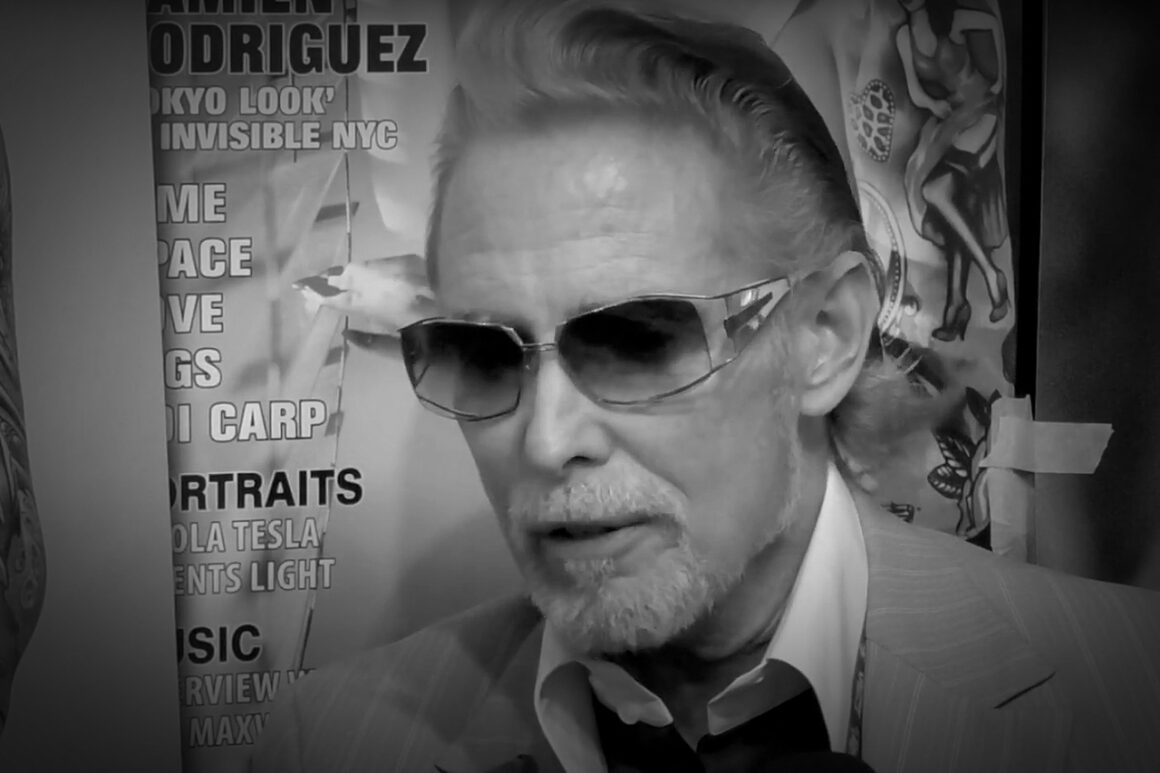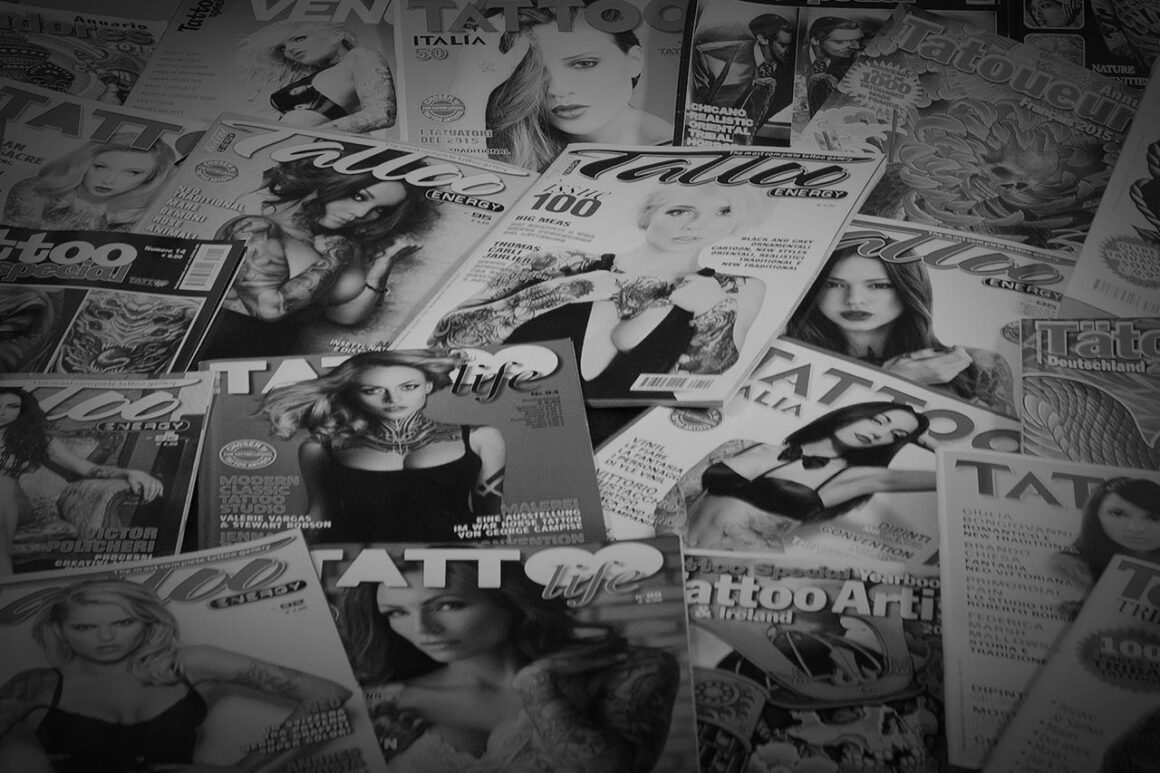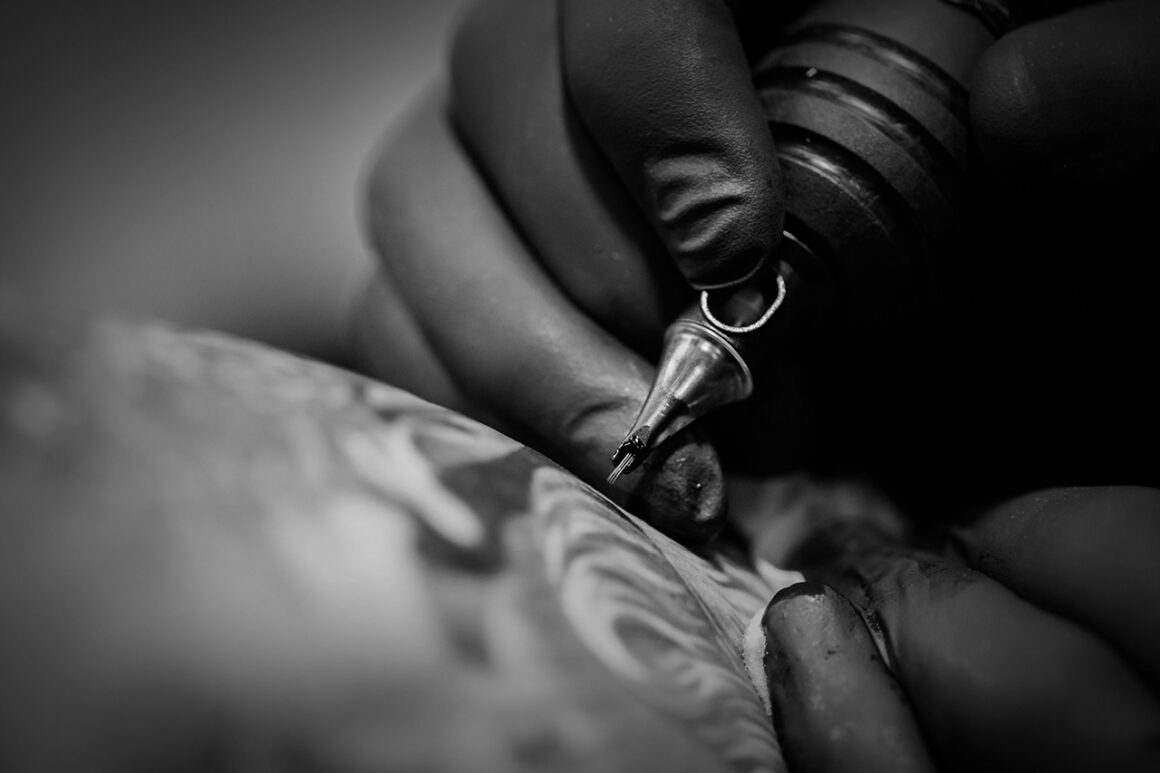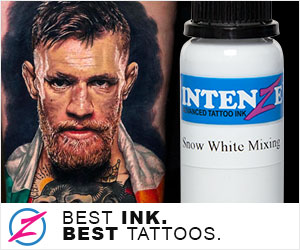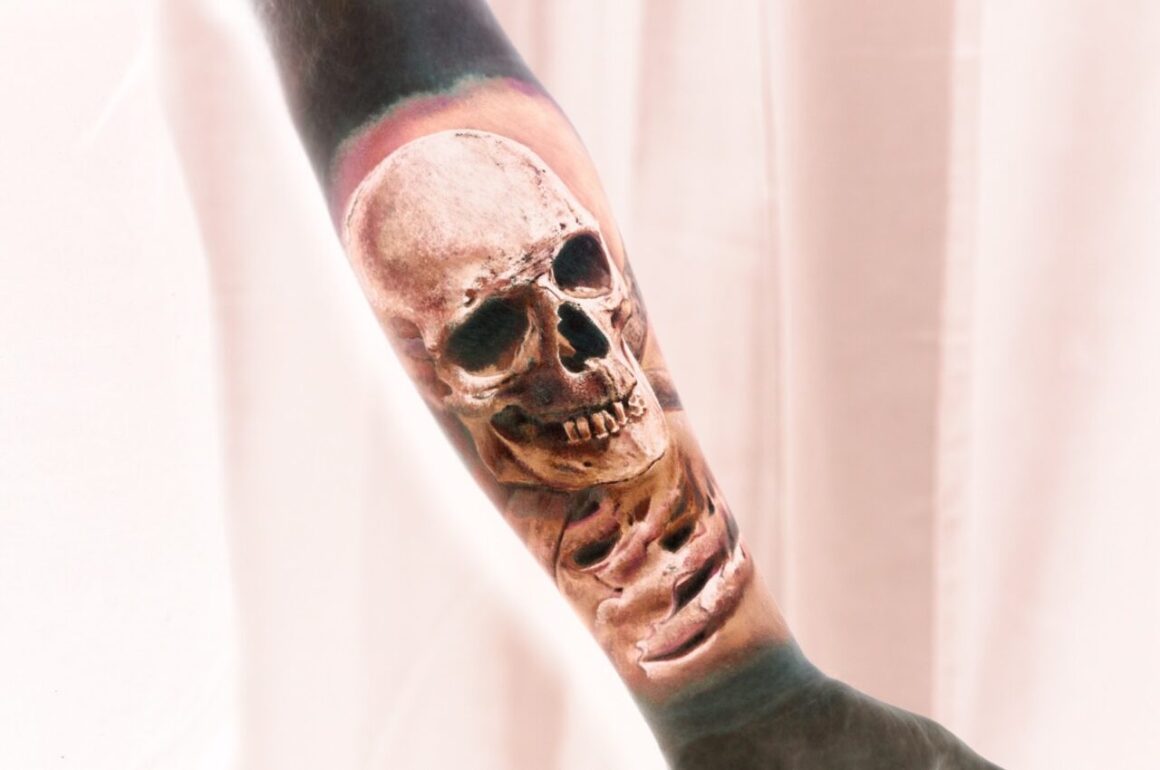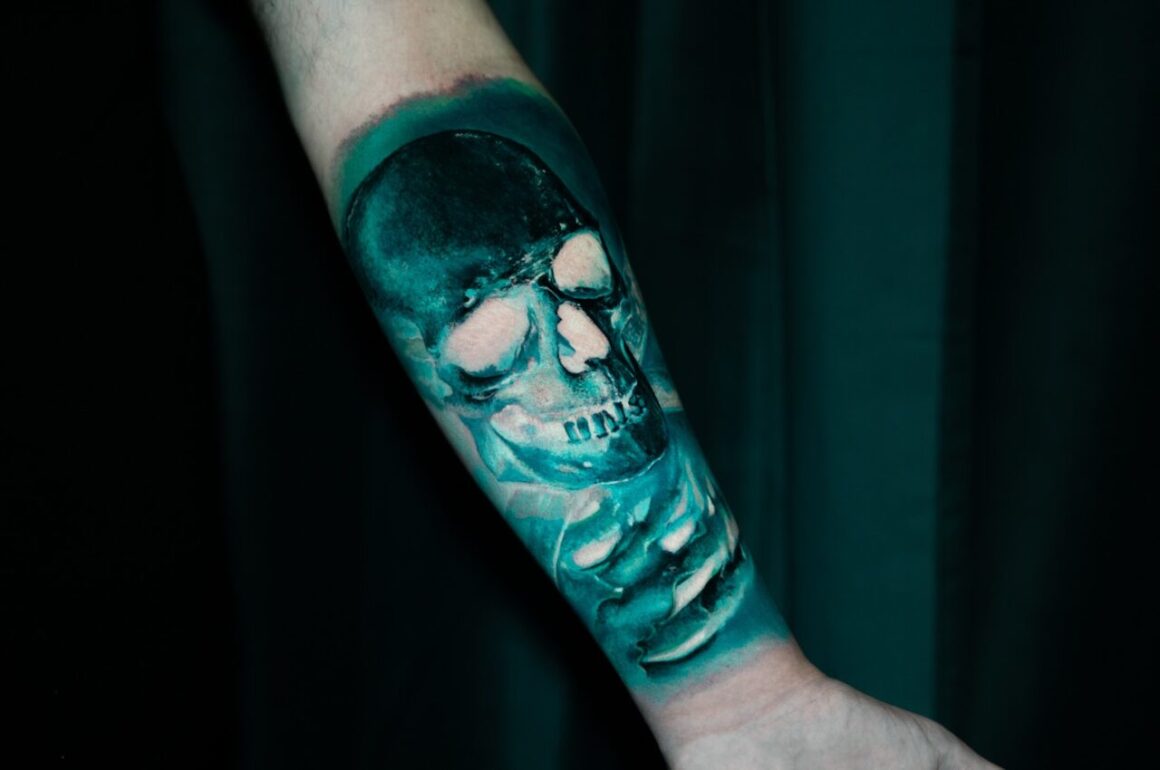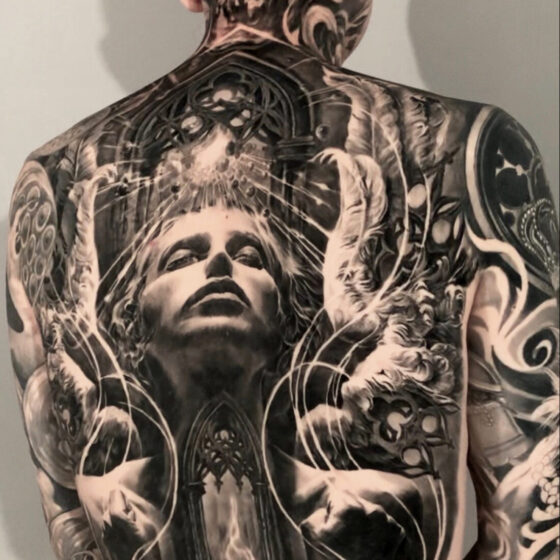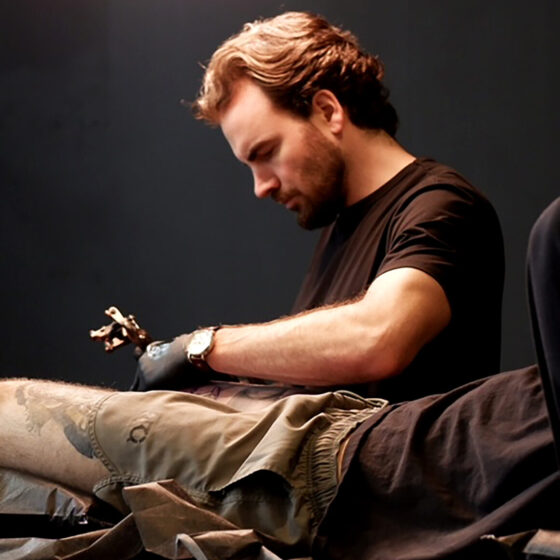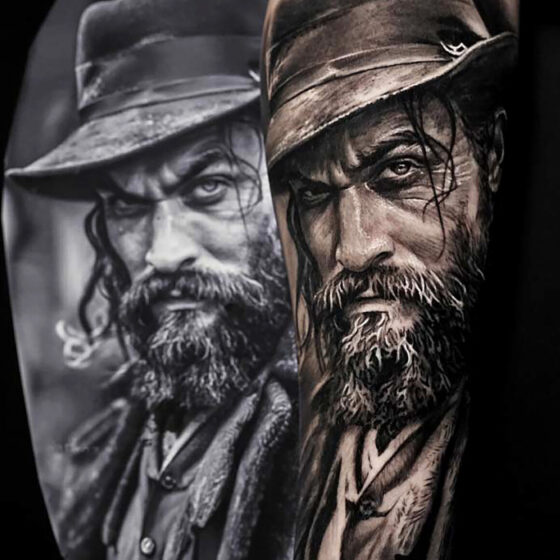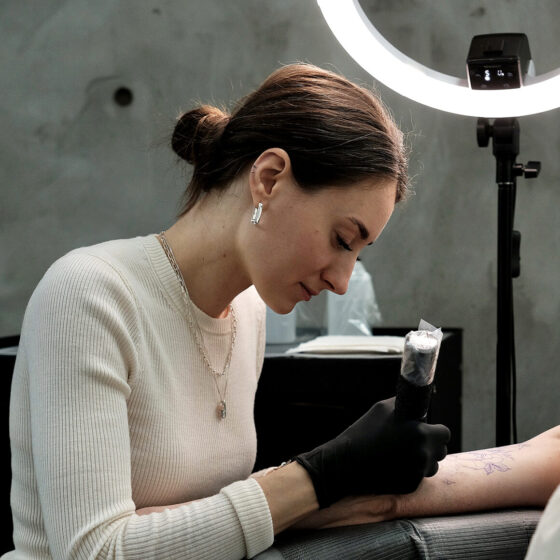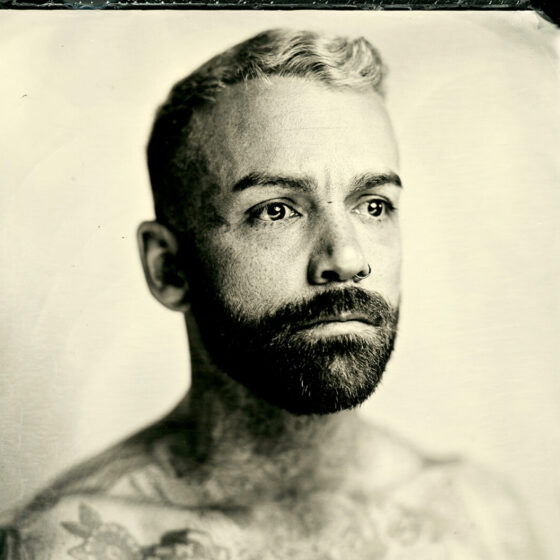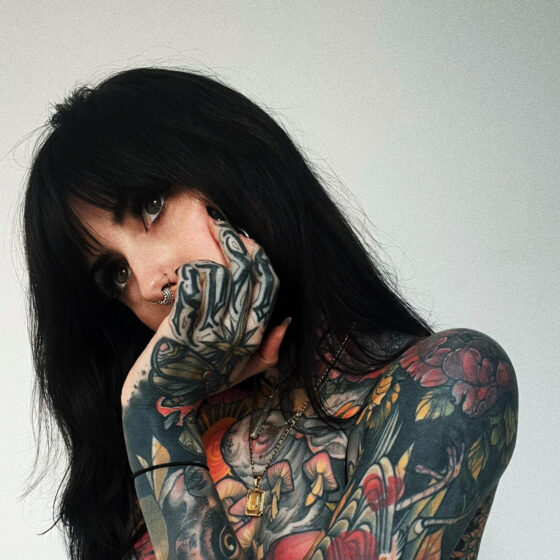From Venezuela to New York: a career spanning 15 years, punctuated by travel, discoveries and encounters which on a number of occasions suddenly changed the course of his life. Here Yomico Moreno tells us about his love for his job, his passion for art and mystery, why he chose gear by Cheyenne and much more… Enjoy the read!
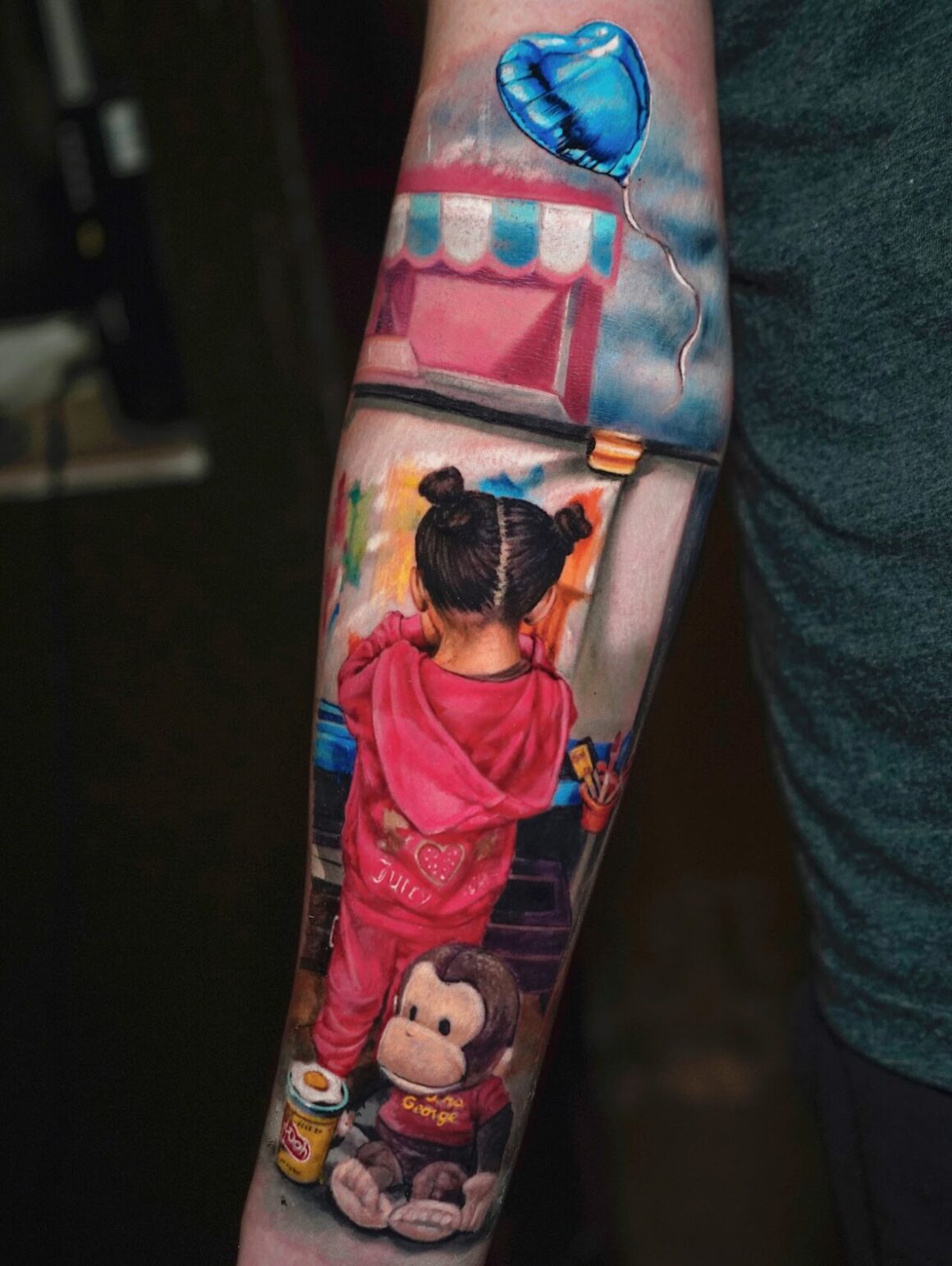
Hi Yomico, it’s a pleasure to have this little chat with you. You’ve been tattooing for over 15 years now and you’ve made a name for yourself, but can I still ask you to introduce (and describe) yourself to our readers at Tattoo Life?
Hi There, my name is Yomico Moreno, I’m from Venezuela and I’ve been a tattoo artist for 15 years. Currently I reside in New York and have been here for 5 years.
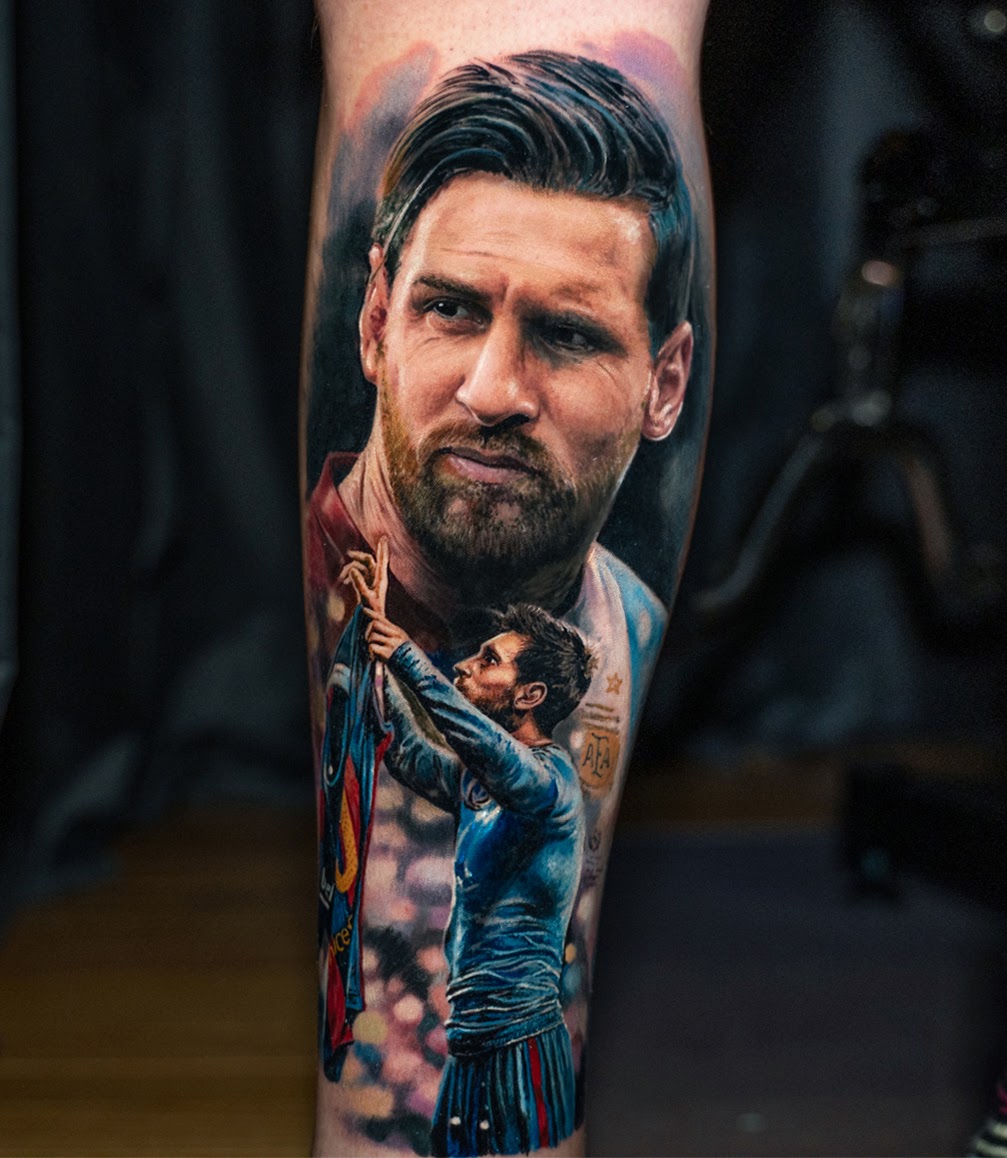
From Venezuela to Brooklyn: what is your background and what have been the most important steps in your career so far – the crucial moments, the twists and turns that brought you to be the pro you are today?
It is a bit difficult to decide which has been a crucial moment, because each step has led to another. Let’s say from the first day I held a tattoo machine I have learned to give value to each step I have taken, the mistakes and the successes, learning day to day is something that I’ll always do. But without a doubt there are moments in my career that have helped me to be more visible in the industry, my first international award at a convention in Denmark, my first year at the London Convention where together with what is now the Rat Pack, we managed to obtain Best Award of the Show and of course working on Last Rites.
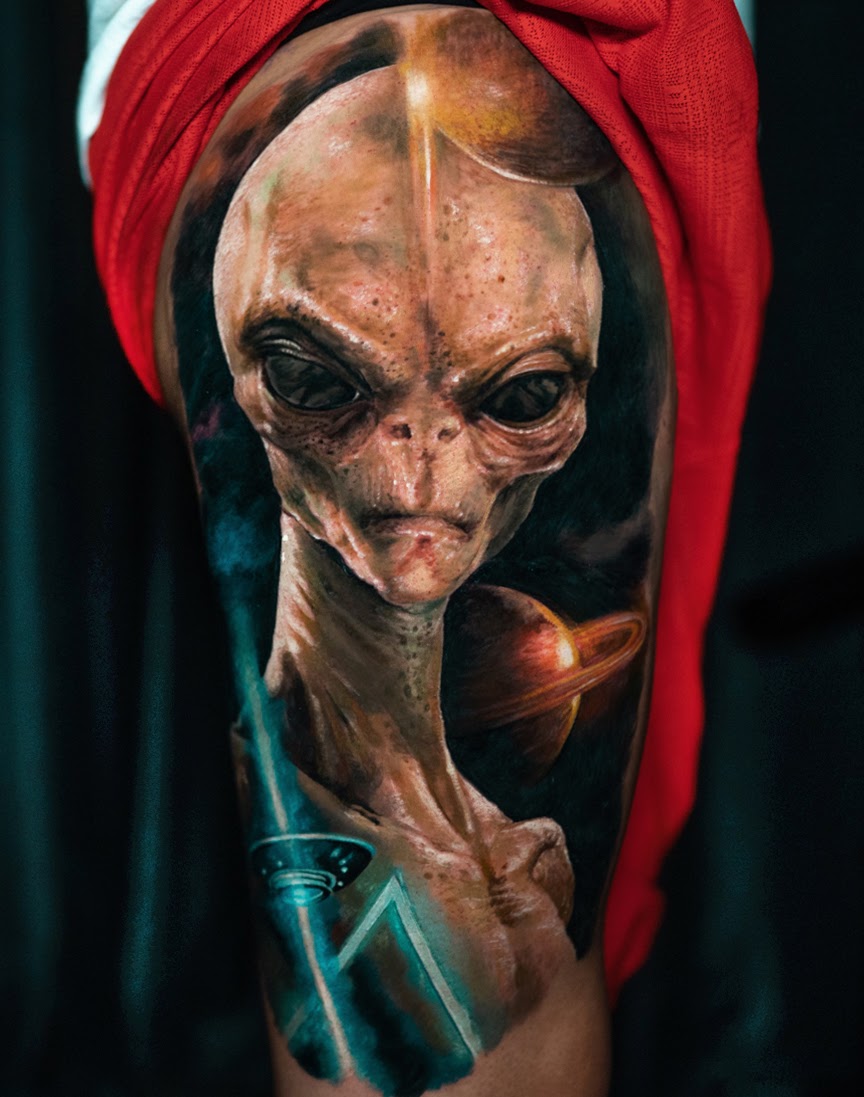
I’d like to ask you more about a very important episode you mentioned that struck me particularly: when you did workshops in Venezuela many years ago someone reached out to you to thank you and said something like: “Thanks man, I changed my gun for a tattoo machine”. Can you tell us about it? How does it feel knowing that you influenced the choices of someone in such a profound way?
Yes, since that day I have taken my actions much more seriously and I think that sometimes we do not realize how much we can influence people. It is something wonderful and knowing how to handle it can achieve many positive things.
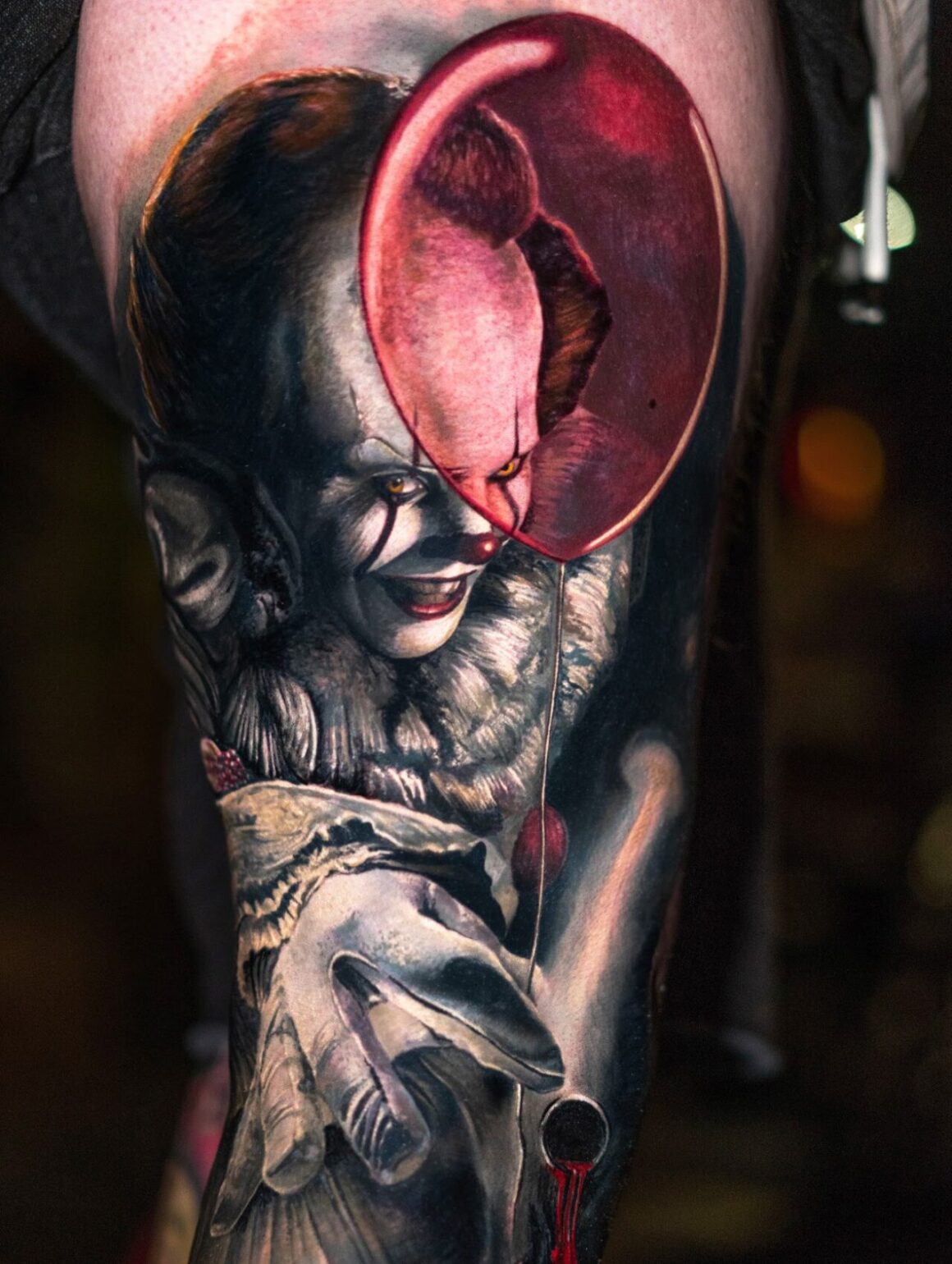
To be a good example, this is something that is always on my mind, not only for those who follow me, but now for my children as well. They are growing and seeing each step I take every day. Today tattoo artists are part of a culture that is becoming more and more massive and there are a lot of people paying attention to what we do. I think the more positive things we do, the more it will lead to indirectly helping to form a chain of people who want to be better humans.
Let’s talk about your fabulous realistic tattoos: was it love at first sight with this style?
No, Realism is something that I discovered without realizing that it was there in my subconscious. I have been a fan of Renaissance art, artists like Caravaggio blow my mind and in my early days of tattooing I had to do everything, from Tribal, Japanese art, Lettering, Traditional, experimenting with all styles, but always somehow trying to give my pieces a certain three-dimensionality, instead of working with flat colors. I was always giving it some gradation and contrast, finding the light in each design and basically that is what Realism is about.
Suddenly a day comes, and you realize what direction you want your style to go and that is how everything begins.
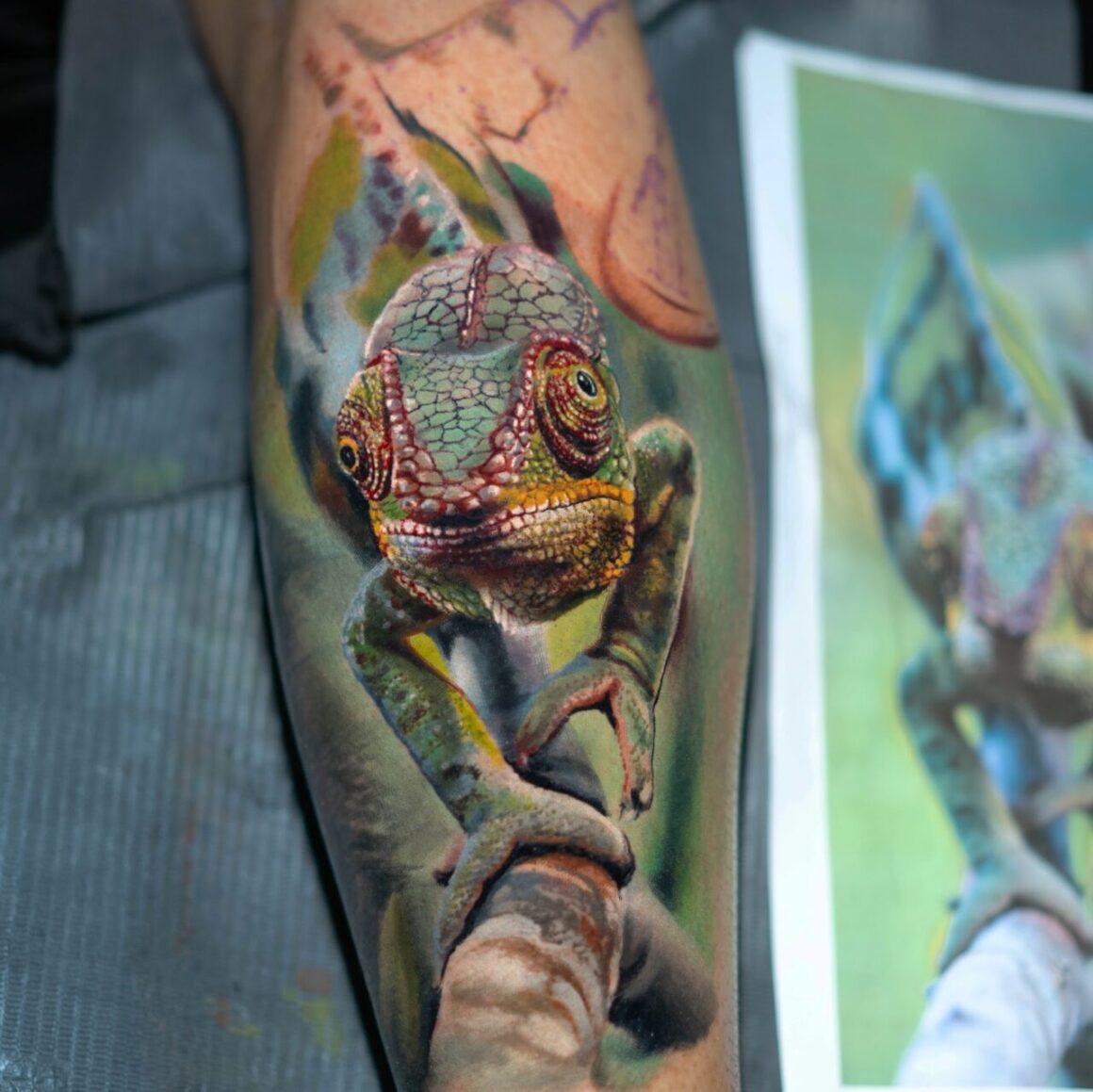
How has it evolved over time? Is it still evolving?
Without a doubt, and it will continue to evolve. That’s what art is about, if it doesn’t evolve, it just dies. Today you can see incredible things from artists who have only been tattooing for a couple of years. We continue to have better access to information, better tools, and the industry becomes more solid and respectable, so that opens new doors to a positive evolution of art.
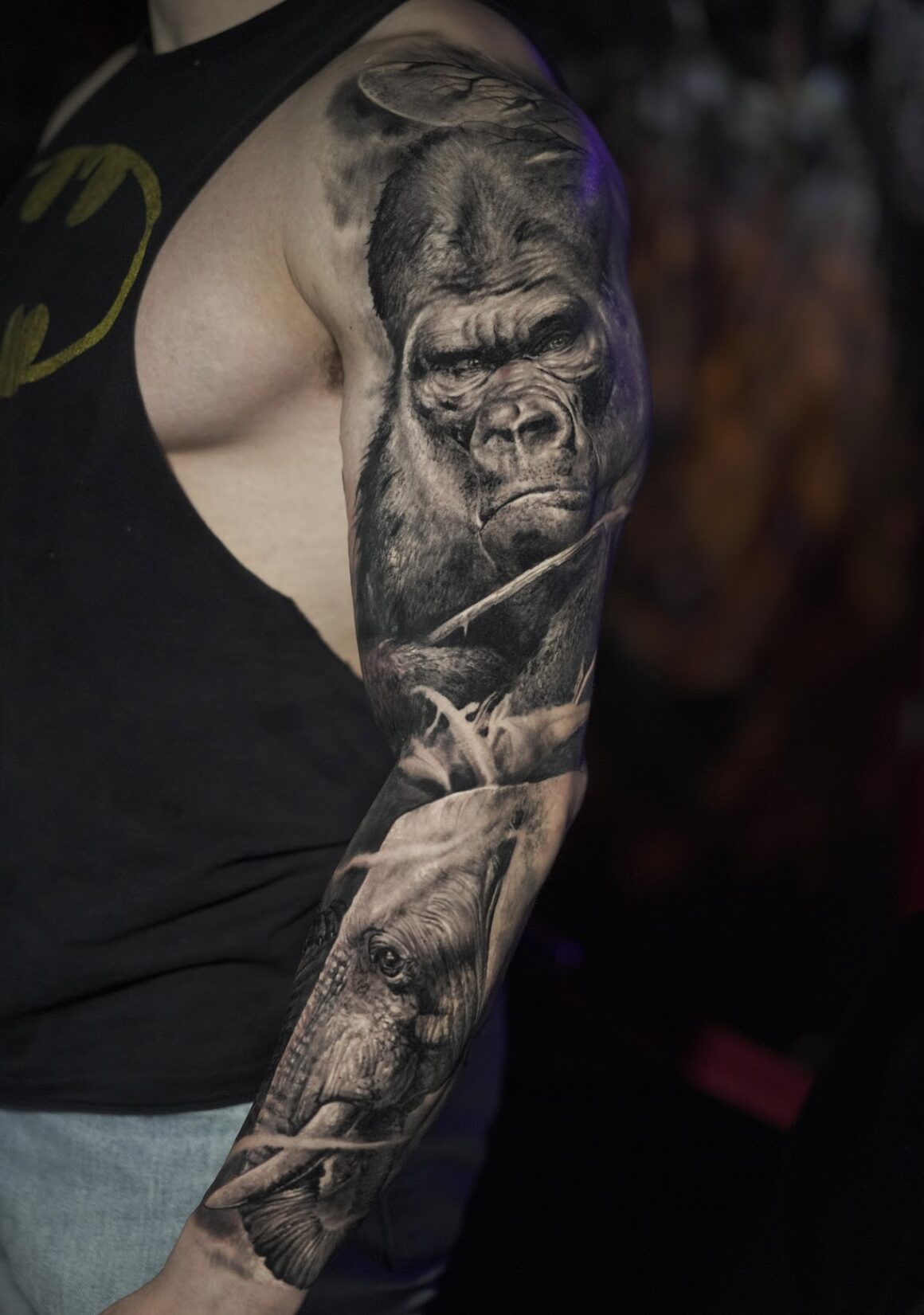
We heard you talking with feeling about the relationship that is created during the execution of a tattoo: how important is the connection between yourself and your clients and do you feel that this influences the outcome of the tattoo process?
The truth is, I believe that it is the most important part. From the first moment, there must be a positive feeling between the artist and the client, there must be a good disposition on both ends and the best energy during those hours that they will be seated for their tattoo. It is NOT like delivering a pizza or selling a random product which does not affect the personality of the person you have there in front of you.
Tattooing involves so much more than that and the person who will mark your body for the rest of your life will leave an unforgettable experience. You cannot look at your tattoo after 10 years and hate the artist who did it for having an unpleasant personality. And as a client you cannot expect an artist to be at his best when you arrive doubting him or creating too many obstacles to his artistic proposal. It is a team effort that needs a positive engagement on both ends, otherwise everything will go wrong no matter how good the artist is in terms of his ability. We not only mark the skin forever but also the memory.
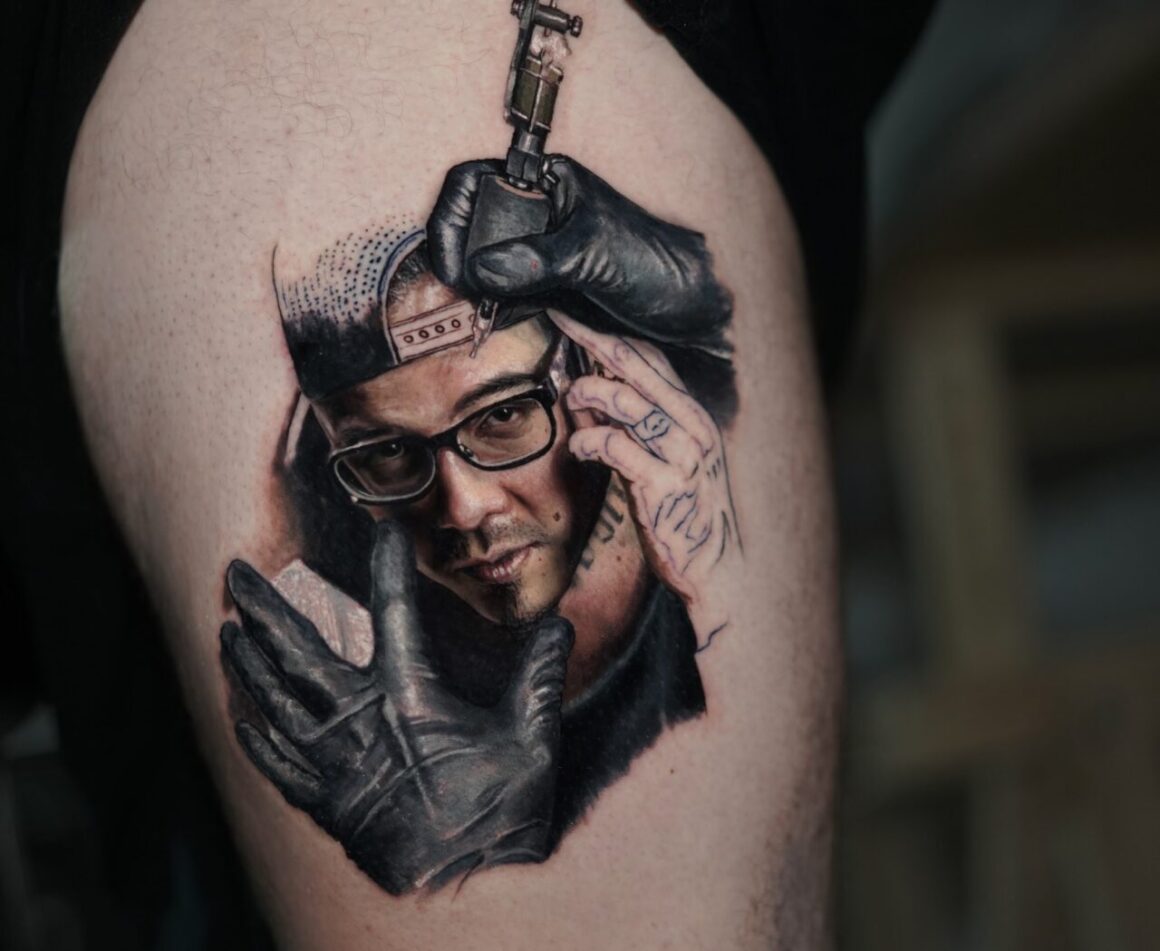
Another thing that definitely influences the outcome is the tools of the trade: can you tell us about your Cheyenne equipment?
We have been working together for almost 7 years, almost half of my career has been with them. Without doubt I will always be grateful to the brand for being one of the first who believed in me. Also grateful to Konrad with whom I had a beautiful friendship, and who unfortunately is no longer with us. He is someone I always keep in my mind. I think that one of the important things about any product is to listen to its artists and who better to understand the needs than the artists who use the products? With Cheyenne we have achieved that good connection and every time they are going to develop a new machine or any product we are consulted, prototypes are sent to us and that makes the product grow with the artist and keeps up with the pace of the evolution of art.
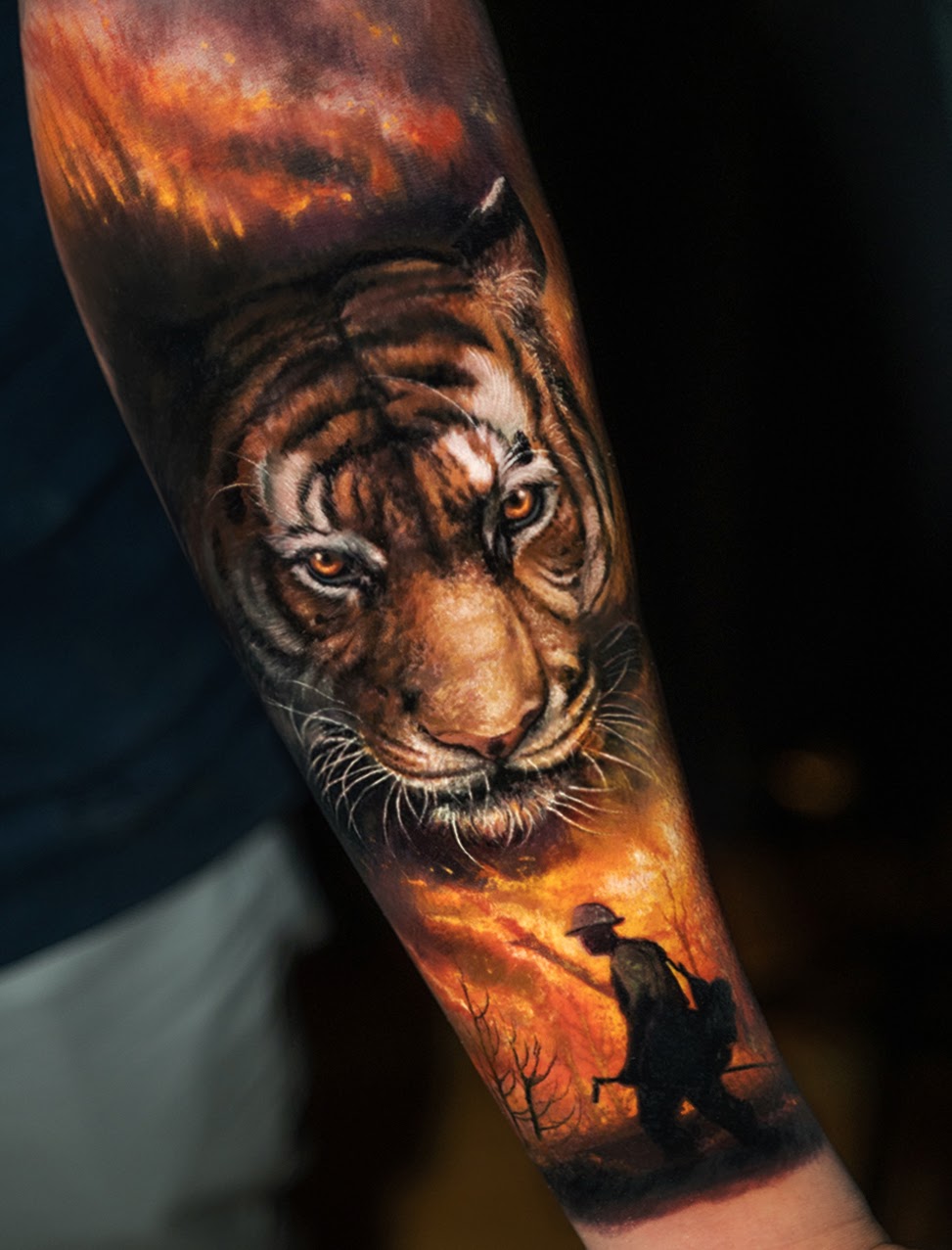
Can you tell us specifically how you came to choose these instruments?
I think it was at the Milan convention 7 years ago which is where I met Konrad. I had already bought the HAWK Thunder, he saw my work and there we managed to talk a bit. Then we met at a convention in Colombia. At that time, I lived in Venezuela and he invited me to test what would be the Cheyenne HAWK Pen. It was in a trial period and it’s where we began to work together, and we continue to do so to this day. It is not only a working relationship with the brand but also, I have achieved a really nice friendship with all of them.
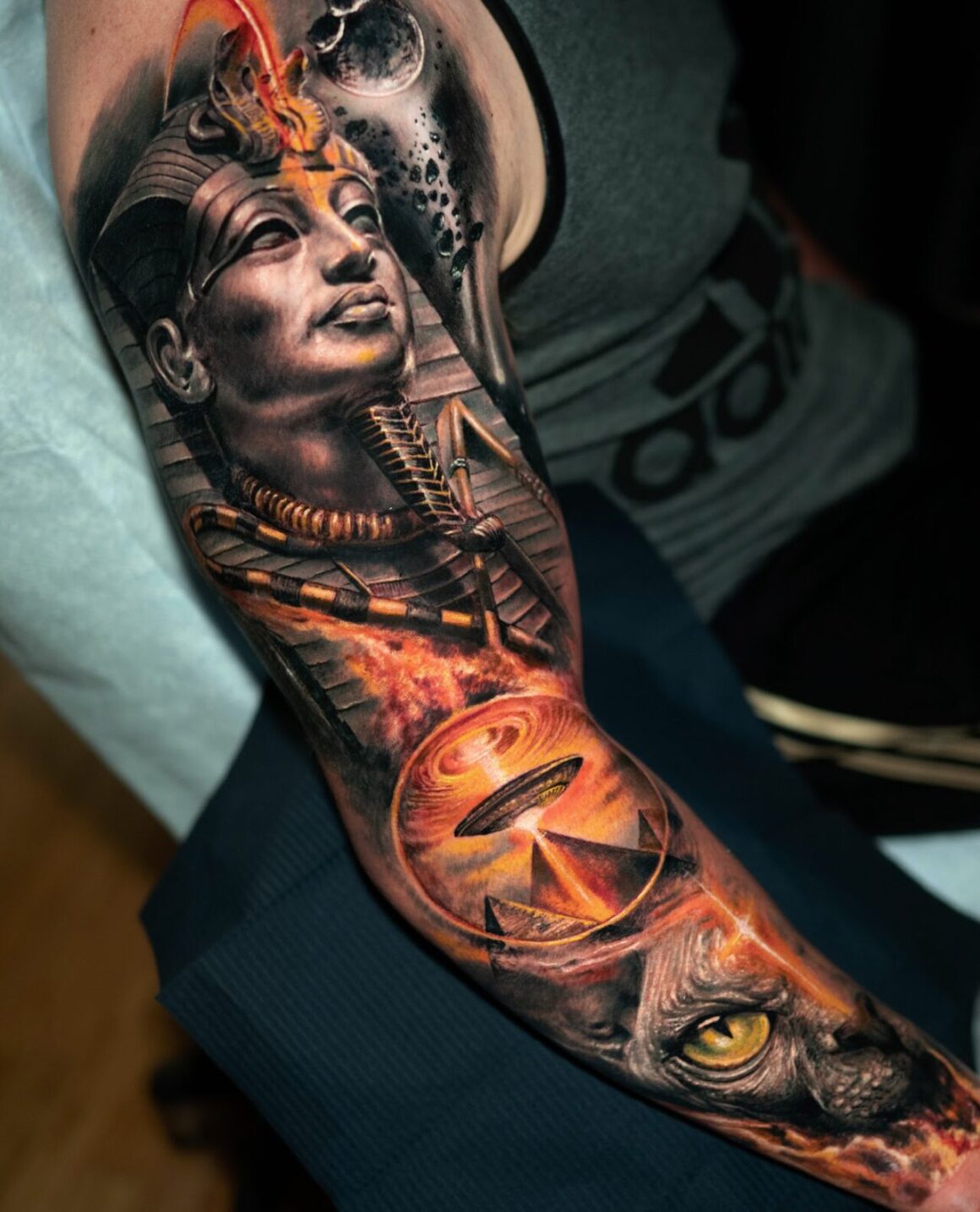
Which Cheyenne tattoo equipEment are you currently appreceating the most?
Sol Nova unlimited has been one of those machines that seemed impossible a few years ago… We always talked about the day we wouldn’t have to use cables and wondered how it would be! With this machine Cheyenne has given us an immediate future, the freedom to move without limitations and the great treatment if the skin makes it an exceptional machine.
What advice would you give to someone who is trying to find the most suitable machines for a realistic style like yours?
One of the things that I always explain in my seminars is that when you consider buying a product the best thing to do is research what type of artists use it. Nowadays there are many brands of inks, machines, needles, and so on which saturate the market, but if you do Realism it is very unlikely that you use the same tools as someone who does Traditional or Japanese tattoos because the treatment of the skin is different. We use many layers, especially when using colors, and you need a machine that helps you treat the skin as gently as possible to achieve a good healing. Someone who does traditional work uses solid colors and the treatment of the skin is not as invasive as those of us that work in Realism.
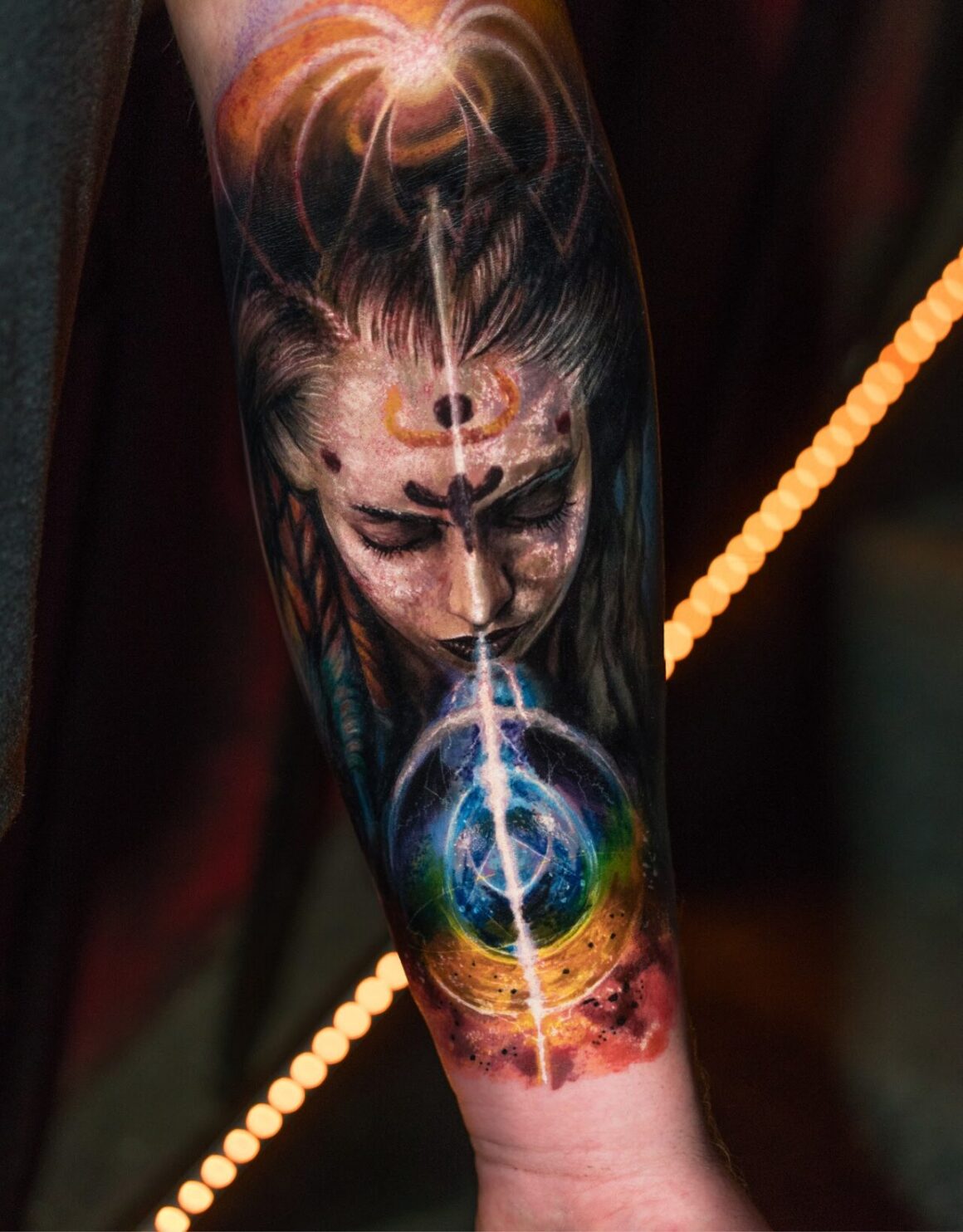
And what technical tips would you give any tattooists who want to produce pieces like yours?
I think that one of the most important things in any artistic branch is to find your own language. It is like garage bands: you start making music covering your favourite musicians, but if you want to be like them you will never achieve it by playing their songs. You have to create your own songs, you have to create your own music. That’s how it works. We all have other artists influence us, but you begin to be yourself the day you figure out how to make your own art, when you discover your own language.
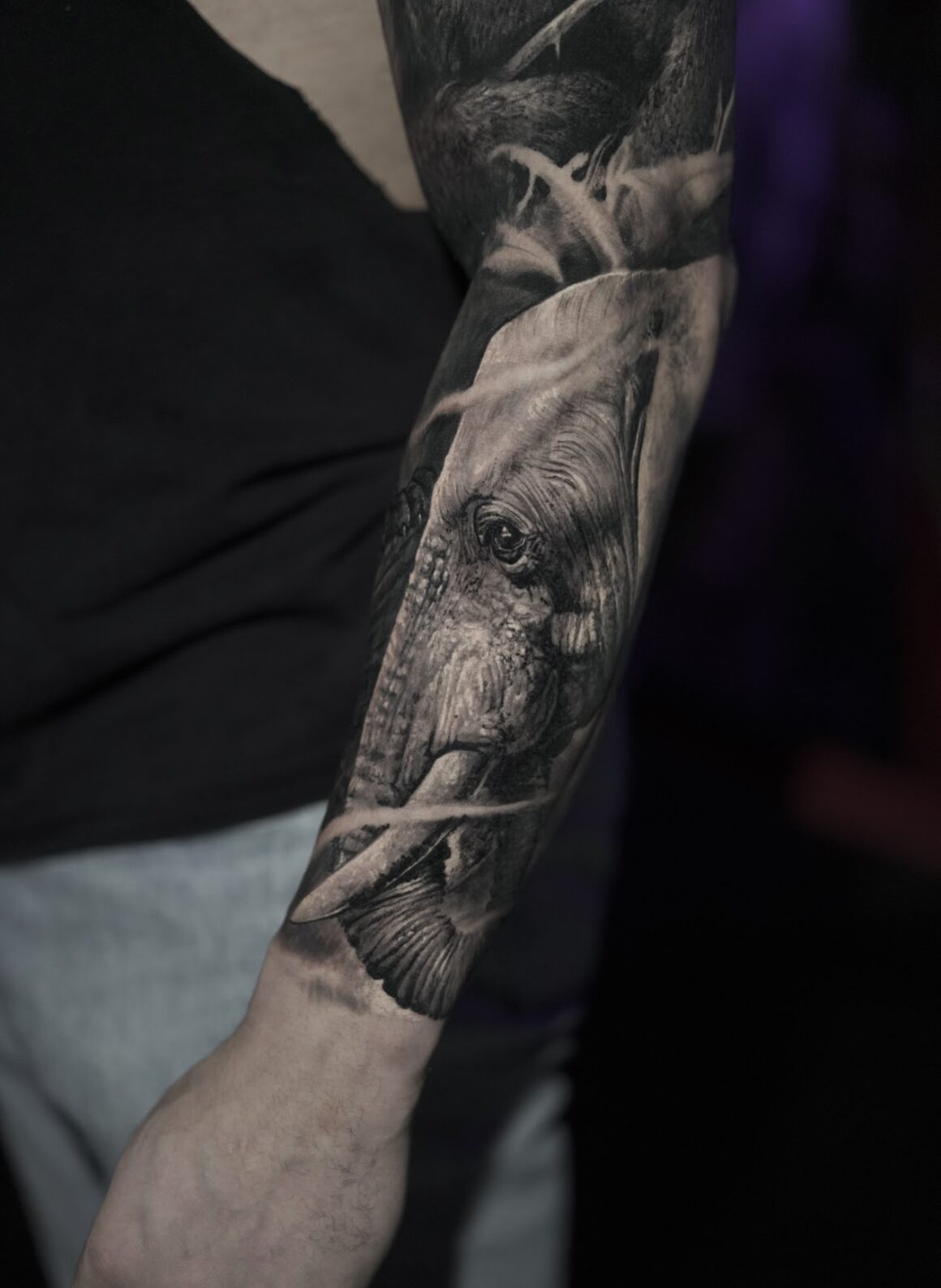
As regards your subjects: is there anything that you are particularly drawn to, that you would never get tired of doing?
The truth is that I love everything related to mystery, theories, the things that blow your mind when you begin to understand them, and if you look at my work you will always find things to decipher, I like Surrealism. I like to say a lot with an image and in it you can find some hidden details that at first glance you could not see.

What sort of place is your shop in Brooklyn? And how are things going in this period? We know you really love to travel, but for some time we will all have to do without it…
I love Brooklyn. I always said that the day I had my own studio it would be here. I like the artistic vibe, the graffiti on the street, the people, music studios, art, photography, everything is in this area, it’s very different from Manhattan, which is more corporate, it is a very metropolis vibe. I honestly never imagined that I would enjoy not being able to travel so much, this year has helped me a lot to focus on my studio, on creating a pleasant workspace for myself and my team. A space where you are excited to be at even on the days when you don’t have to work. In the end I think that’s the way it should be. Normally we spend more time at work than at home and that’s why I feel that a studio has to feel like a nice, comfortable place to be at.
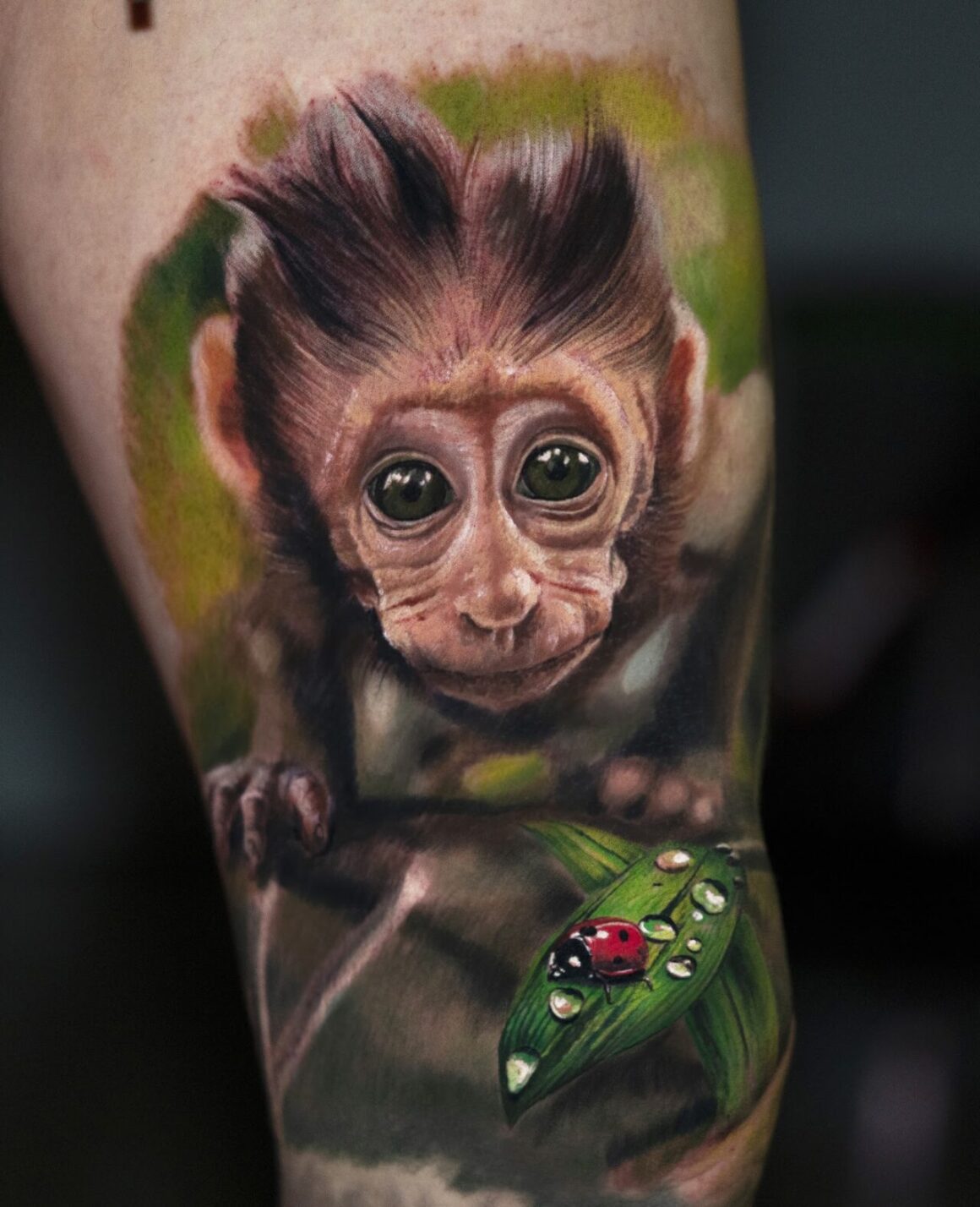
Would you like to tell us about your love for photography?
You know that everything arose from a need. A few days ago, I was organizing some files on my hard drive and I realized that I have taken photographs almost my entire life, before it was zero professional. I had no idea how to take professional photos, but I’m always carrying my camera everywhere I go. Focusing more on photography came from needing to capture my tattoos so they would be closer to what I saw with my own eyes and it was always difficult to understand how to eliminate the glare of the lights reflected by the plasma of the skin in a freshly done tattoo. I started to focus on learning and becoming better.

Luckily, I have many friends who helped me a lot which in turn helped me understand what to do and I began to use it in the composition of my pieces. If you look at my work you will see how careful I am with the lighting, the shadows and reflections, which was all thanks to understanding how photography works. After all, to tattoo in the style of Realism is to attempt to reproduce reality and the only tool that exists and is capable of freezing time and putting it in your hands is photography
What are you working on at the moment and what are your hopes and plans for the future?
I am currently working on various interesting projects, which I can’t go into depth about at this moment, but I am sure they will create a very relevant change in my career. I think Covid made us accelerate our motors and it’s difficult to think of a future when the present is so uncertain, but we continue to work day to day as if it were the last.
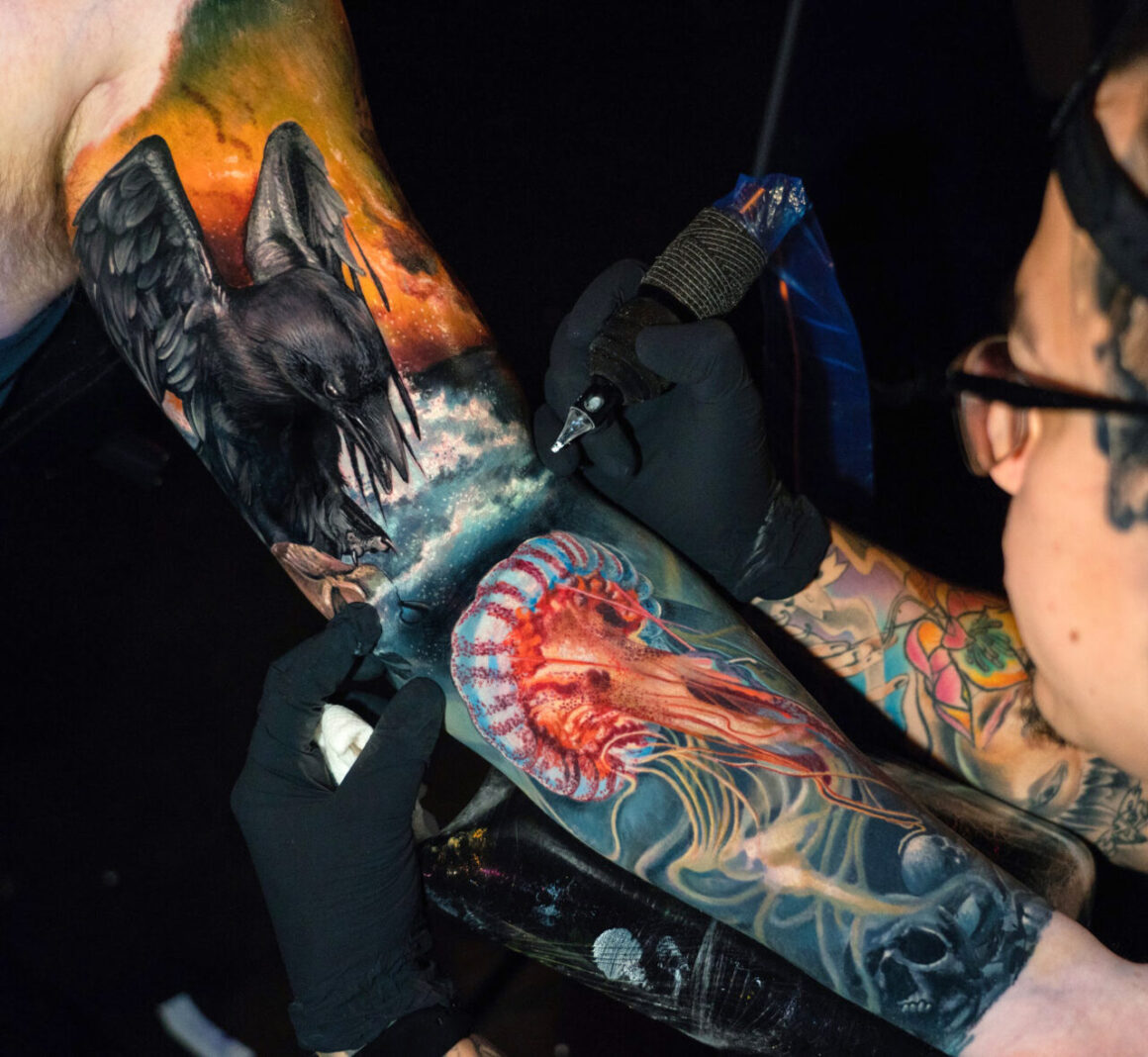
Is there anything you’d like to add before we wind up here?
Thank you for the window of opportunity. It’s nice to know that in the midst of this era of social media there are still platforms that leave words engraved in time. Never stop doing it as there will always be those who after reading an interview are left with a big smile on their face. Thanks for that.
Yomicos Artist Profile on the Cheyenne website: yomico-moreno
Yomico on Instagram: @yomicoart
